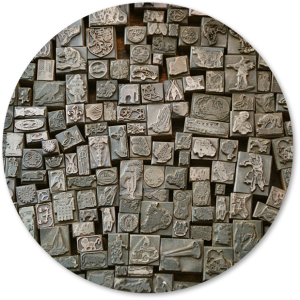Homogeneous end-to-end Automation Integration

Infograph: Automation - Homogeneous end-2-end Integration
This post is part of the "Automation-Orchestration" architecture series. Posts of this series together comprise a whitepaper on Automation and Orchestration for Innovative IT-aaS Architectures.
Whether looking to extend existing IT service capabilities through innovative service orchestration and delivery, or trying to increase the level of automation within the environment, one would always want to examine the following core features of a prospective automation solution:
- Automation
- Orchestration
- Provisioning
- Service definition and catalogue
- Onboarding and subscription
- Monitoring and metering
- Reporting and billing
Though not all of those might be utilized at once, the automation solution will definitely play a major role in aggregating them to support the business processes of an entire enterprise.
Either way, homogeneity represents a key element, when it comes to determining the right solution, with the right approach and the right capabilities.
Homogeneous UX for all integrations
First, the automation platform one choses must have a unified user experience (UX) for all targeted applications. This doesn’t mean that for every component in the system the exact same user interface needs to be presented. It’s more important that there is a unified pattern for all the components. This should start with the central management elements of the solution and extend to both internal and external resources such as an Automation Framework IDE for 3rd party solutions discussed previously.
In addition, the core automation components also must match the same UX. Introducing an automation system with standard user interfaces and integration concepts ensures rapid implementation, since SME’s can focus on automating system processes rather than being bogged down with training on the automation solution itself.
A single platform for all automation
The more products that make up the automation solution, the greater the effort required to integrate them all into an IT landscape. Software and system architecture throughout history has never proposed one single technology, standard or design guideline for all functional capabilities, non-functional requirements, or interface definitions. Therefore, a bundled system comprised of multiple products will in 95% of cases come with a variety of inter-component interfaces that will need to be configured separately from the centralized parameterization of the overall solution.
Project implementation experience shows that the slope of learning associated with the solution is directly proportional to the number of different components contained in the automation suite. (see figure below):

Functional integration with target systems
Finally, the solution’s core functionality should be able to integrate with target systems using industry standards such as common OS scripting languages, REST, JMS or quasi-standards with target applications like RPC and EJB. At minimum, the solution should include 90% of these industry standards out-of-the-box.
In addition, an enterprise-grade automation solution should provide:
- Multiple action/workflow templates (either bundled with the core solution or available for purchase)
- Ease of integration implementation with target systems’ core functionality at a very detailed level – such as administrative scripting control from within the automation core through scripting integration (to be discussed in the following chapter)




